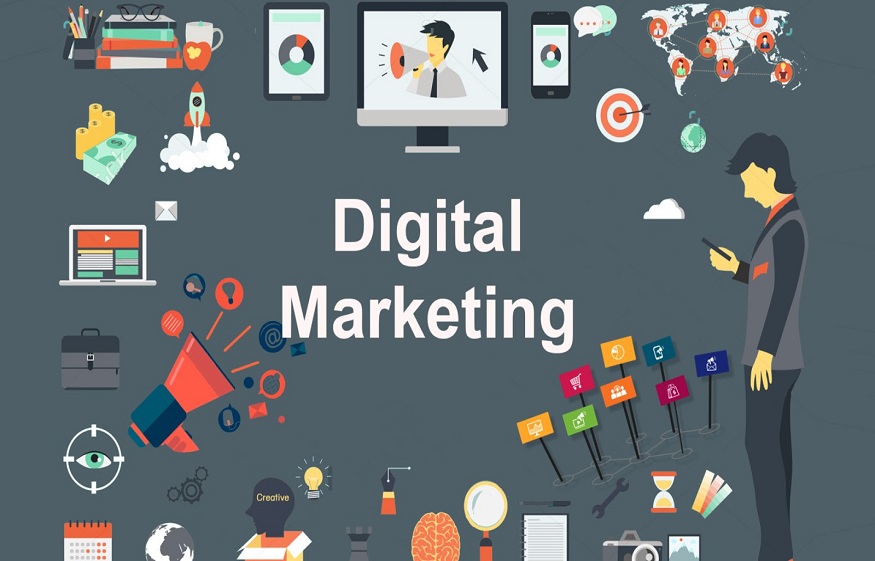Is your team investing in digital marketing? Adopting best practices is important, but the success of a digital marketing strategy depends on many other factors.
From social media to email to paid ads to organic search, there are dozens of digital marketing methods to choose from. So it can be confusing to know which channels will help you succeed. The best way to get inspired is to understand how other brands have done it before you.
This guide presents 10 examples of successful digital marketing strategies. It explains why they worked and how to implement them in your own campaigns. After reading it, you will have a better understanding of what digital marketing is, its different types and the strategies you can adopt to improve your digital marketing performance.
What is digital marketing?
If your business promotes itself through a screen, you are already practicing digital marketing.
Since the practice spans virtually all digital channels, there are several types of digital marketing. Digital content marketing, for example, relies on blogs to build trust and expertise. Social media marketing, on the other hand, uses branded hashtags to build brand awareness and produce user-generated content (UGC).
Types de marketing digital
Now that we have clearly defined what digital marketing is, let’s take a closer look at the different types.
Most businesses use a combination of these digital strategies to create a unique marketing mix that effectively attracts their target audience. Organic approaches, such as social media and SEO, are more commonly used by SMBs, while larger businesses tend to invest more in paid strategies such as PPC.
Best practices in digital marketing strategy
Before we look at examples of digital marketing in action, you need to understand what makes a successful digital marketing strategy . Regardless of the business model or audience, all great marketing strategies employ these four best practices:
Identify your audience.
Without an audience, marketing is meaningless. The goal of marketing is to engage with leads and convert them into customers. If you don’t understand your audience’s wants and needs, your messaging and targeting are doomed to fail.
By understanding your audience, you can meet the needs of your customers. The most successful digital marketing teams collect customer data to refine their digital marketing strategies. Analytics, surveys, and feedback help you learn more about your audience.
Then, you can create personas to model customer journeys based on what you know about your customer base. Your marketing and sales teams use these profiles to create more relevant content, designed specifically for your audience and their needs.
Set goals.
Without a goal, marketing campaigns are less targeted. And targeting is the key to success. So every successful marketing campaign starts with a goal.
However, generic goals like “increase sales” are useless. Sure, a $1 increase in sales can be considered an achievement, but that’s not your goal per se. That’s why goals need to be specific and measurable.
The goals of the world’s best digital marketing campaigns are defined using the SMART method .
Your goals should be:
Measurable. You must define a quantifiable indicator that allows you to determine when your objective has been achieved.
Achievable. The goal is realistic and takes into account the resources and time you have available.
Relevant. The goal aligns with your company’s priorities and will have a positive impact on your business.
Time-bound. You must achieve the goal by a specific date.
With SMART, generic goals like “increase sales” become more concrete goals like “increase gross margin by 15% by the end of Q2.” This makes it easier to gauge whether a campaign is successful or not. Plus, this concrete goal is much clearer for marketing teams.

